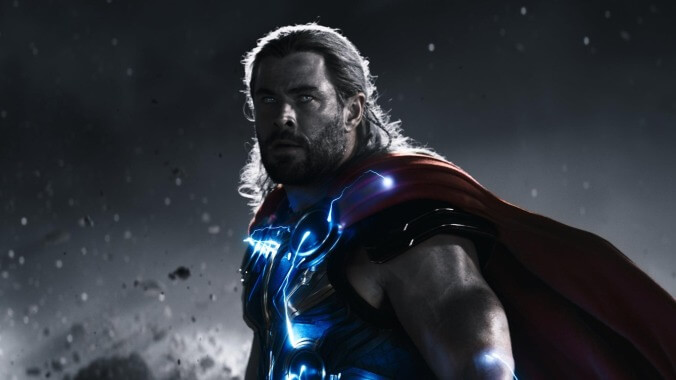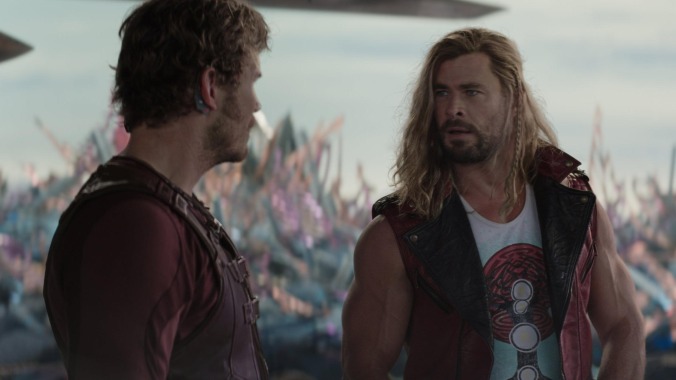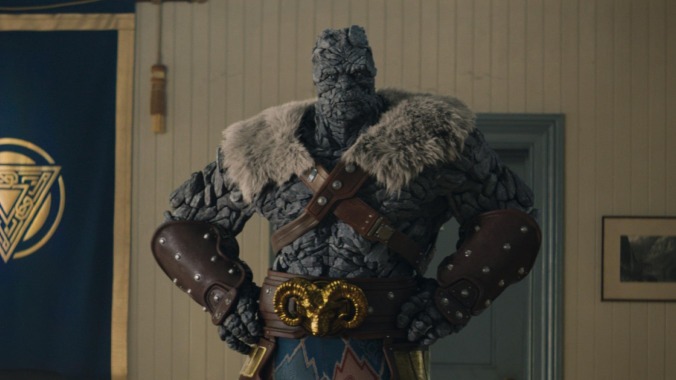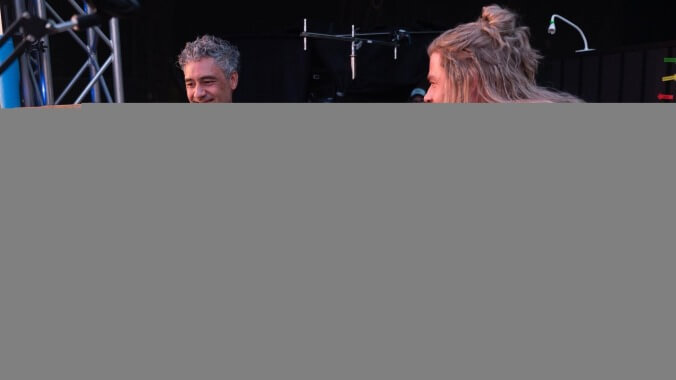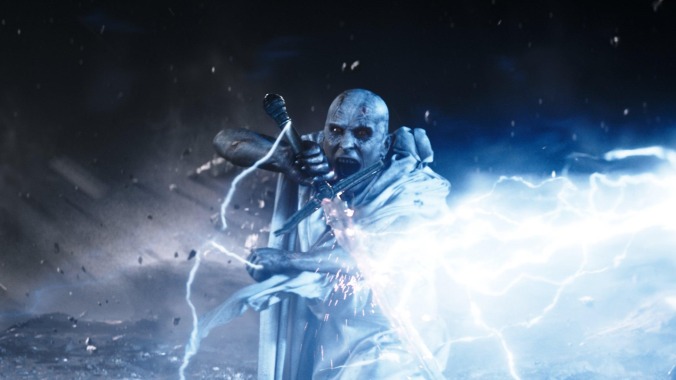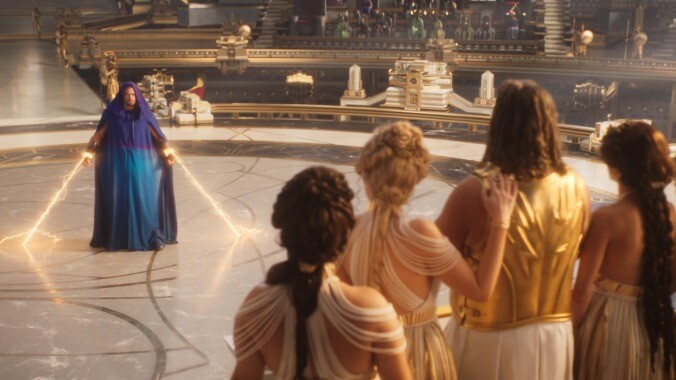Though it took over a decade to get to Endgame, just four years later fans are already growing restless for another all-out hero clearinghouse. Audiences are not only primed for a sense of the bigger picture after all of the MCU content to date, but are impatiently expecting a greater sense of long-form clarity, even as Marvel Studios continues to hold its cards close to the vest. Love And Thunder, beginning and ending with its Thor-centric storyline, doesn’t conspicuously advance the over-arching narrative—or does it?Through Loki, No Way Home, Doctor Strange In The Multiverse of Madness and What If…?, it’s clear that the multiverse is especially relevant to the MCU’s future; the studio’s first 2023 title, Ant-Man And The Wasp: Quantumania, promises further exploration of that idea, likely unveiling one of the variants of Loki villain He Who Remains (Jonathan Majors) as the time-traveling, multiverse-spanning, identity-fluid villain Kang the Conqueror, one of the Avengers’ most enduring and formidable enemies in the comics—not to mention one who has familial ties to the Fantastic Four, possibly paving the way for that team’s proper introduction into the MCU.Love And Thunder may also provide a key piece of the ever-growing puzzle with its introduction of Eternity, that abstract, anthropomorphic cosmic entity with the power to dramatically alter reality—and whose very essence derives directly from the multiverse itself. Like the Cosmic Cube, the Aether, or the Eye of Agamotto, Eternity—whose powers were once insidiously harnessed by Kang in the comics—may have a more significant role to play down the line than initial face value suggests.Love And Thunder also introduces Hercules, who holds a familial grudge against Thor—exactly the kind of vulnerability that might make him an easy target for the manipulative agent provocateur Valentina Allegra de Fontaine (Julia Louis-Dreyfus): he’d make good, godly muscle for her growing collection of misguided, mirror-darkly dupes, including U.S. Agent John Walker and Black Widow Yelena Belova, that may yet assemble as an MCU version of the Dark Avengers.And in stage-setting Jane Foster’s potential return as a winged Valkyrie, Love And Thunder also opens the door for Jane to find new romance with Sam Wilson’s scientifically flighted Captain America, as she did in the comics when they were among the core members of a next-gen Avengers team. (That also presumes that her rekindled romance with Thor was fully concluded after she died—the kind of consideration that superheroes don’t seem to have to make.)So despite its seemingly self-contained narrative scope, Love And Thunder may in fact be a significant contributor to the ongoing mosaic of the MCU, even if fans don’t immediately recognize it, in the way the first Guardians film unexpectedly set up elements that would be vital to essence of Endgame.
